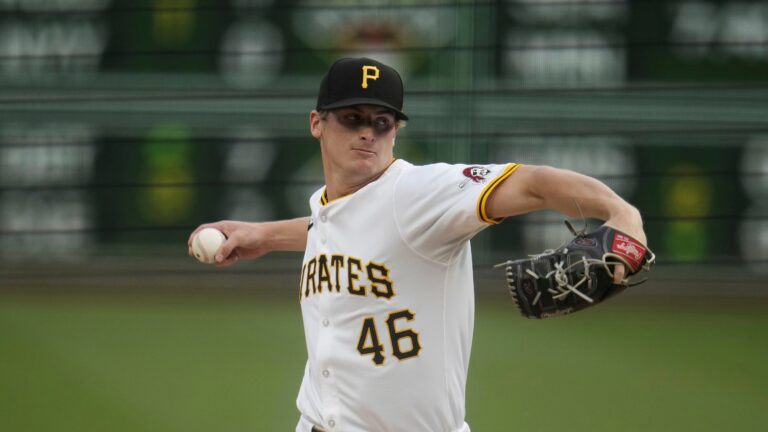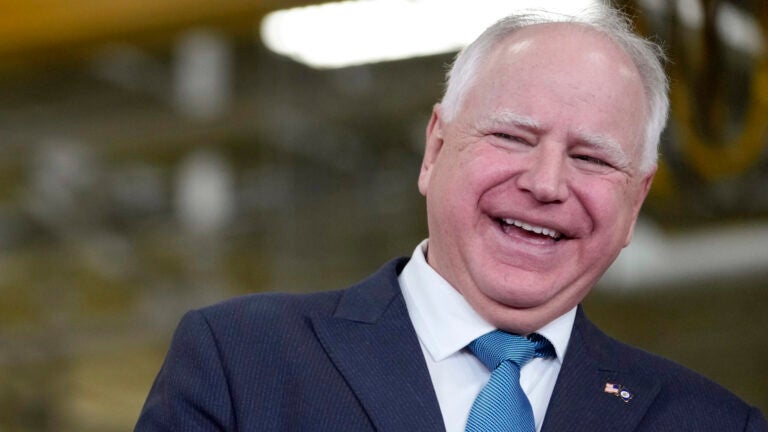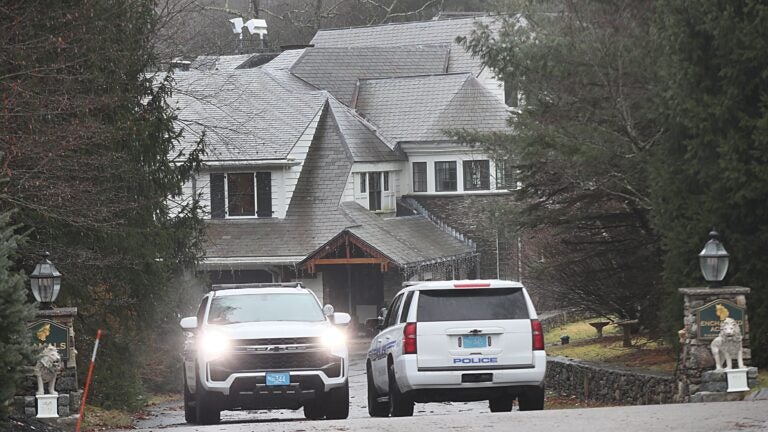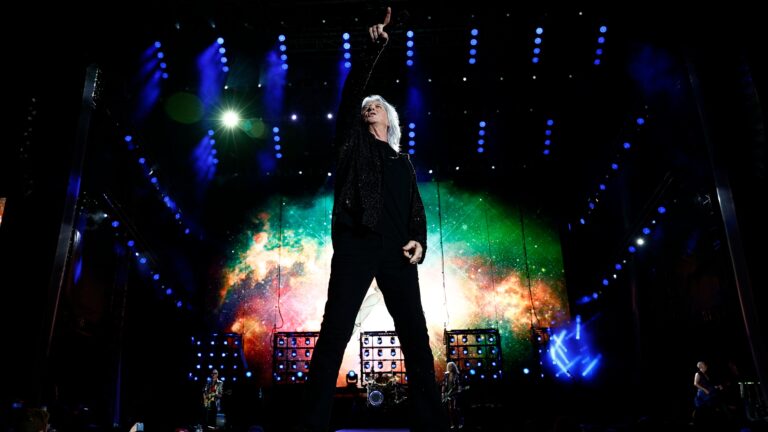Sign up for Red Sox updates⚾
Get breaking news and analysis delivered to your inbox during baseball season.

Red Sox chief baseball officer Craig Breslow insisted that one of the team’s priorities was adding to the pitching staff. After bringing back lefthander James Paxton from the Los Angeles Dodgers, Breslow doubled down by trading for Pirates rookie Quinn Priester.
Immediately after the transaction became official, the Red Sox optioned Priester to Worcester.
Here are a few things to know about the righthander.
On the surface, Priester’s numbers do not impress. A 3-3 record with a 7.74 ERA a season ago was followed by a modest 2-6 mark with a 5.04 ERA, striking out 31 in 44 ⅔ innings.
Keeping the ball down is a key to success in a stadium like Fenway Park and Priester ranks in the 93rd percentile in ground ball rate (55.5 percent). Priester clocks in at the 91st percentile in barrel rate (4.5 percent), often keeping hitters from squaring up the ball. He also avoids issuing free passes, placing in the 73rd percentile in walk rate (6.5 percent).
In 2021, he was placed at No. 58 before appearing at No. 88 in the 2022 rankings. Priester was a former first round draft pick out of Cary-Grove High School in Illinois, selected by the Pirates 18th overall in the 2019 draft and accepting a $3.4 million bonus and forgoing a chance to play at Texas Christian University. In his senior year of high school, Priester was named the Illinois Gatorade Baseball Player of the Year and won the 6A state football championship in 2018.
In 33 ⅓ innings in Triple A this season, Priester posted a 3-1 record with a 3.21 ERA and 36 strikeouts.
A 6-foot-3, 210 pound righty who has topped out at 96 miles per hour, Priester features five pitches. Primarily incorporating a sinker/slider combo, the two pitches account for 58 percent of his pitches his season. He also works in a four-seam fastball, curveball, and changeup. His sinker features 26.3 inches of vertical drop, a 3.4 inch advantage versus the average offering.
On a one-year, $740,000 deal, Priester is under team control under 2030, which undoubtedly played a role in why the Red Sox were eager to add him to the organization. Team control, especially in a trade market that prioritizes pitching, remains a key factor in a player’s value to the organization. A projectable, young pitcher, Priester could be with the organization for a long time if all goes according to plan.
Get breaking news and analysis delivered to your inbox during baseball season.





Stay up to date with everything Boston. Receive the latest news and breaking updates, straight from our newsroom to your inbox.
Conversation
This discussion has ended. Please join elsewhere on Boston.com